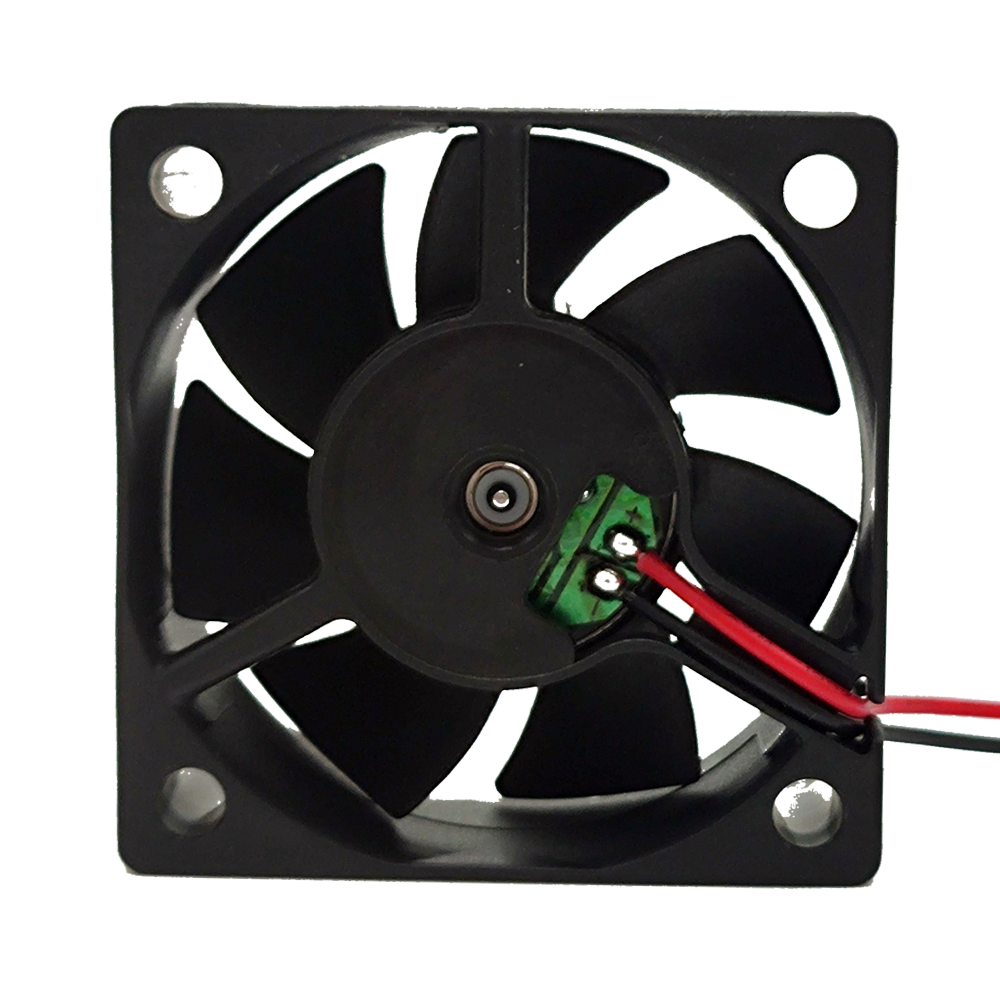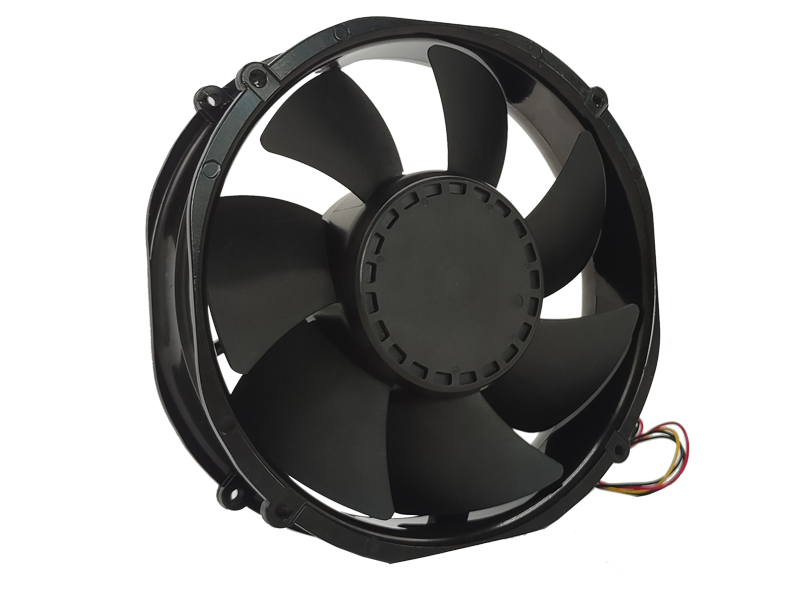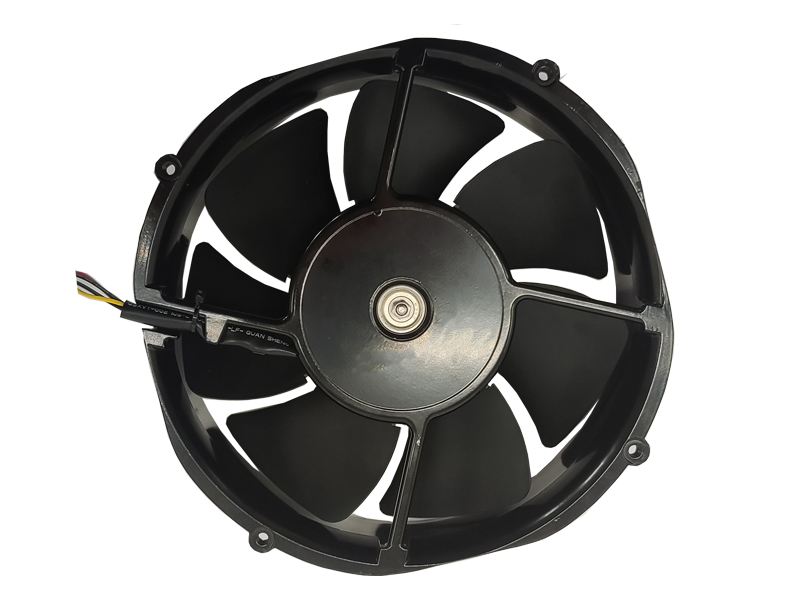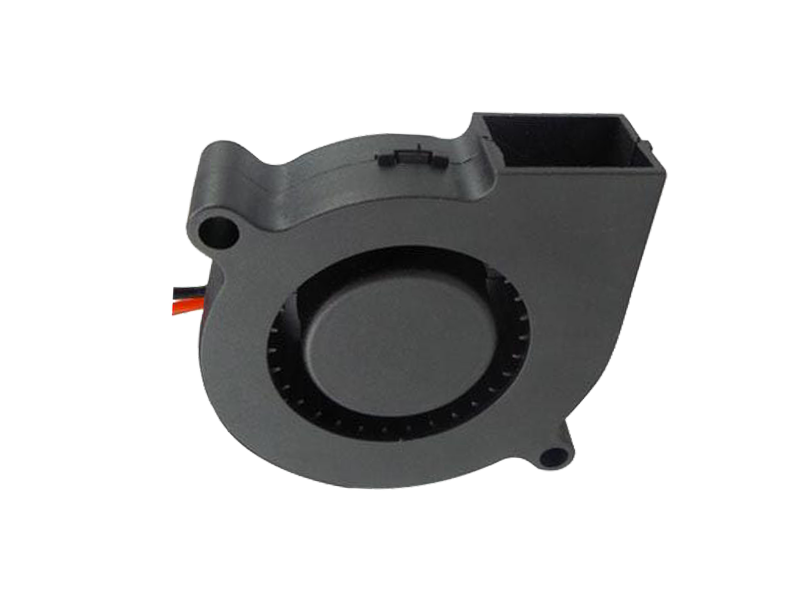Industrial fans play a crucial role in the efficiency and performance of various industries. They are designed to handle large volumes of air, ensuring a stable environment, whether it’s for cooling, ventilation, or even enhancing air circulation in factories, warehouses, or agricultural applications. This article explores the significance of industrial fans from a product perspective, considering how their design, efficiency, and features impact industrial processes and the industries that depend on them.
1. Understanding Industrial Fans and Their Role in Industry
Industrial fans are devices that move air through ventilation, heating, or cooling systems to improve the work environment or industrial processes. They are usually designed for heavy-duty tasks, and their capacity is measured in terms of airflow, speed, and the amount of air they can move per minute or second.
These fans are widely used in various applications, including:
Cooling systems: They help in cooling machinery and processes, preventing overheating and ensuring smooth operation.
Ventilation systems: Industrial fans remove heat, moisture, or dust from the air, maintaining optimal air quality in workplaces.
Air circulation: In environments such as warehouses, large factories, and greenhouses, these fans ensure that air circulates evenly, promoting energy efficiency and worker comfort.
The design of industrial fans has evolved significantly to meet the growing demands of different industries. Today, they combine efficiency, durability, and technology to ensure effective air movement.
2. Key Design Features and Product Innovations
Modern industrial fans are not only more energy-efficient but also feature a range of advancements in design and materials to suit specific needs. Below are some key features and innovations in industrial fan products:
Airflow capacity: Industrial fans are engineered to move large volumes of air. High-capacity fans are particularly crucial in industries such as mining, chemical production, and manufacturing. The design of blades, motors, and ducts affects the airflow capacity. Innovations in blade aerodynamics and motor efficiency have increased the air-moving capacity of industrial fans, making them more powerful and reliable.
Energy efficiency: Given the high energy consumption of industrial fans, energy efficiency is a vital aspect of their design. Modern fans are often equipped with variable-speed drives (VSDs), which adjust fan speeds based on the actual need for airflow. This helps in reducing electricity usage and lowering operational costs. Additionally, the use of energy-efficient motors, such as those with permanent magnet technology, significantly improves the overall efficiency of these fans.
Noise reduction: Industrial fans can generate a significant amount of noise, which can be disruptive to workers and negatively impact productivity. New materials, acoustic enclosures, and advanced blade designs have been introduced to reduce noise levels. Fans with low-noise operation not only create a safer working environment but also comply with noise regulation standards in certain industries.
Corrosion and weather resistance: Many industrial fans are used in harsh environments where they are exposed to corrosive materials, chemicals, or extreme weather conditions. To ensure longevity, manufacturers design these fans with corrosion-resistant materials such as stainless steel or powder-coated finishes that protect them from wear and tear.
3. Types of Industrial Fans
There are several types of industrial fans, each designed for specific applications and environments. Understanding the different types of fans available in the market is essential for selecting the most appropriate fan for a given task.
Axial fans: These fans are typically used for high-airflow, low-pressure applications. They are ideal for cooling large areas or providing ventilation in large buildings, such as factories, warehouses, or greenhouses. The airflow is directed parallel to the axis of the fan, making it efficient for large-volume ventilation.
Centrifugal fans: Centrifugal fans, also known as blowers, are more suitable for applications requiring high pressure and lower volumes of airflow. They are used in applications where air needs to be directed through ducts, such as in HVAC systems, pneumatic conveying systems, and dust collection systems. The airflow is directed at a right angle to the axis, which provides higher pressure.
Mixed-flow fans: Combining the features of both axial and centrifugal fans, mixed-flow fans offer a balance between high airflow and moderate pressure. They are used in applications where both high airflow and medium pressure are needed, such as in ventilation systems in large buildings.
Crossflow fans: These fans are used in applications requiring precise air distribution, such as in air conditioning systems, heat exchangers, and cooling towers. They provide a uniform airflow across a large area and are known for their ability to deliver consistent performance.
4. Industries That Benefit from Industrial Fans
Industrial fans serve a wide array of sectors, from manufacturing to agriculture, and even entertainment. Here are some key industries that benefit from industrial fans:
Manufacturing and industrial facilities: Factories and plants rely heavily on industrial fans to control temperature and humidity levels, maintain air quality, and keep machines and workers cool. Fans ensure that machinery operates at optimal temperatures, preventing overheating and reducing downtime due to maintenance.
Agriculture: In the agriculture sector, industrial fans are used in greenhouses, livestock barns, and crop drying processes. Fans help regulate temperature and humidity, improving the growing conditions for plants and livestock, while also preventing the buildup of harmful gases.
HVAC systems: HVAC (Heating, Ventilation, and Air Conditioning) systems rely on industrial fans to ensure that air circulates effectively through buildings. Fans improve indoor air quality, control temperatures, and reduce energy consumption.
Energy production: Power plants, especially those using fossil fuels, nuclear energy, or renewable energy sources, require industrial fans to ventilate heat exchangers, boilers, and reactors. These fans help regulate the temperature and maintain system stability.
5. Challenges and Considerations in Industrial Fan Selection
While industrial fans offer a multitude of benefits, choosing the right fan for a specific application is crucial. Several factors need to be considered to optimize performance:
Application needs: Understanding the specific requirements of an application—whether it is for cooling, ventilation, or air movement—can guide the selection of the appropriate fan type.

Cost vs. performance: While high-performance fans may come with a higher initial investment, the long-term benefits of energy efficiency and durability should be considered. Buyers should weigh the cost against the potential savings in energy bills and reduced maintenance.
Maintenance and serviceability: Industrial fans require regular maintenance to keep them functioning at their best. Choosing a fan with easy maintenance features, such as accessible motors and replaceable parts, can save on repair costs and downtime.
6. Future Trends in Industrial Fans
As industries continue to innovate and prioritize sustainability, the future of industrial fans will likely feature:
Integration with smart technology: More industrial fans are likely to integrate with IoT (Internet of Things) devices, allowing real-time monitoring of performance metrics such as airflow, temperature, and energy consumption.
Sustainability: Increased emphasis on environmental sustainability may lead to further innovations in fan materials and energy-efficient designs, reducing the carbon footprint of industrial operations.
Automation: The automation of fan systems through advanced sensors and control systems will optimize performance, improving energy use and reducing human intervention in fan management.
7. Conclusion
Industrial fans are essential tools for maintaining efficient operations in a variety of sectors. Their ability to move large volumes of air in different environments makes them a key part of industrial processes. By focusing on innovation, energy efficiency, and durability, manufacturers continue to push the boundaries of industrial fan performance, ensuring that they meet the evolving needs of industries worldwide.
Recommended Products

The main purpose:Car charging station

The main purpose:Car charging station

The main purpose:Electronic refrigerators, water dispensers, direct drinking machines, inverter power supplies
Address:No. 4137, Longgang Avenue (Henggang Section), Henggang Community, Henggang Street, Longgang District, Shenzhen
hotline:13530005572(Chen)15112579390(Li)


Welcome all friends to come for consultation and negotiation.
Copyright 2024 @ Shenzhen Youneng Xinyuan Electronics Co., Ltd.,(industrial fans,industrial blowers,axial fans,cooling fans manufacturer,centrifugal fans,ac cooling fans,dc cooling fans)